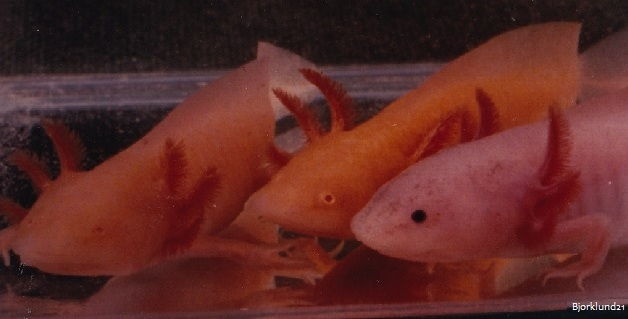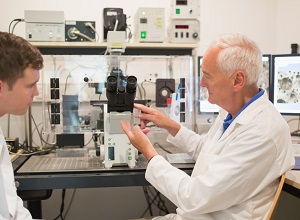Regenerative research and the ‘walking fish’

The Mexican Walking Fish (also known as the Axolotl) is an amphibian with amazing healing abilities capable of regenerating entire limbs and select organs including parts of the brain, spinal cord, heart and lungs. The first living Axolotls studied in the laboratory were brought from Mexico to Paris (France) in 1863. Many laboratory models used today descend from these. Determining the cellular and genetic mechanisms behind Axolotl’s regenerative capacity may have enormous translational applications for human injury, disease and aging. It is known that cells at the site of experimental amputation develop pluripotent stem-like characteristics. Progress is currently underway to sequence the Axolotl genome. Researchers in the United States, Germany, Canada, Australia, Japan and elsewhere are now working with transgenic Axolotls. The new Aquacore Axolotl facility at Monash University’s Australian Regenerative Medicine Institute consists of a large breeding program including hundreds of small rearing tanks giving a huge boost to the global Axolotl / regenerative medicine research approach.














